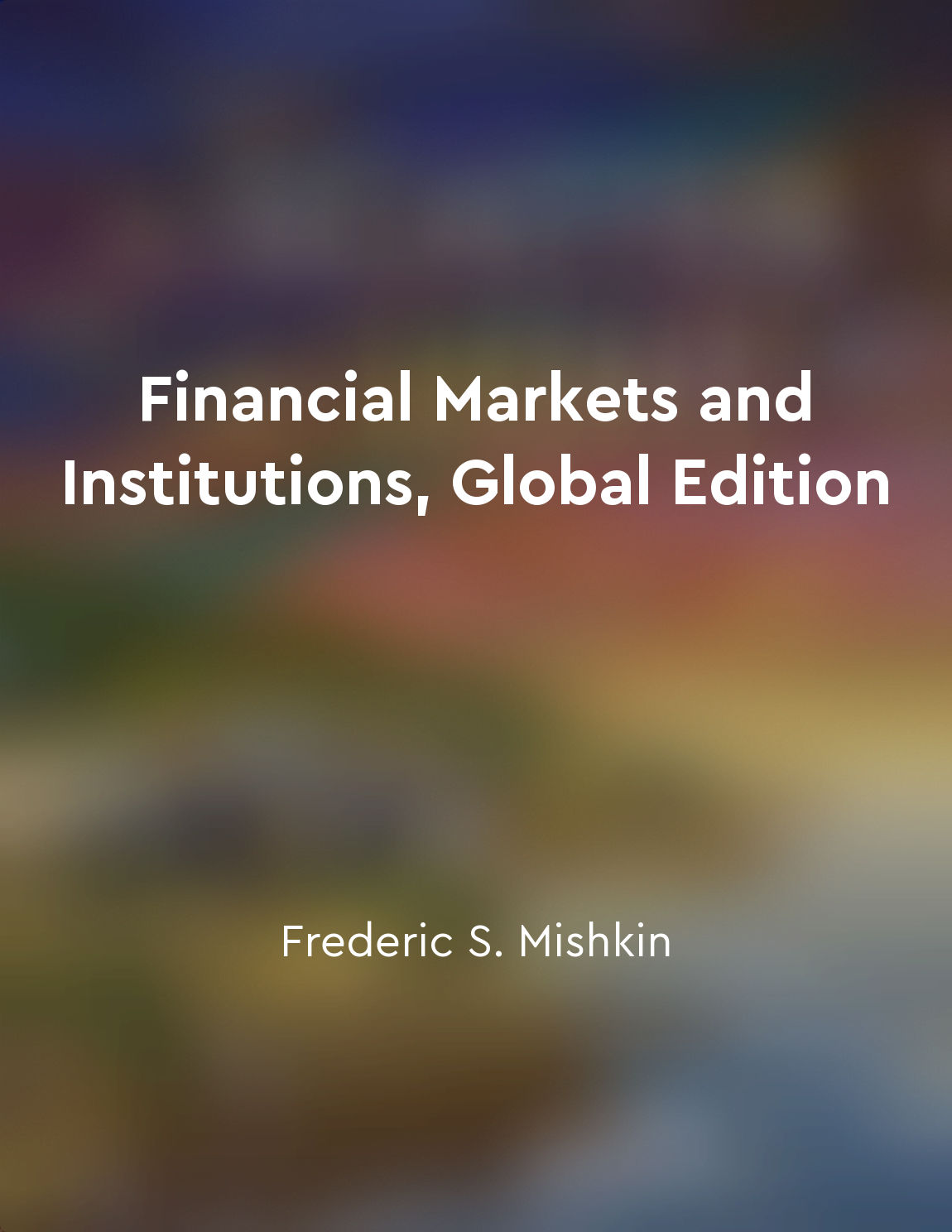Pension systems reflect financial trends from "summary" of Labor in the Age of Finance by Sanford M. Jacoby
The architecture of pension systems is a critical reflection of prevailing financial trends. The interplay between pension design and financial forces is an intricate dance, with each influencing the other in a dynamic and ever-evolving relationship. As the financial landscape shifts and transforms, so too do the structures and mechanisms of pension systems. In an age dominated by finance, the contours of pension systems are molded by the imperatives and demands of financial markets. The rise of neoliberalism and the ascendancy of finance capitalism have ushered in an era where financial considerations reign supreme. Pension systems, as integral components of the broader economic landscape, are not immune to the gravitational pull of financial trends. The shift towards defined contribution plans, for example, can be seen as a direct response to the financialization of the economy. Defined benefit plans, with their long-term commitments and liabilities, have fallen out of favor in a world where flexibility and adaptability are prized above all else. Defined contribution plans offer individuals greater control over their retirement savings, aligning with the ethos of individual responsibility and self-reliance that permeates the financial realm. The financialization of pension systems also manifests in the proliferation of financial instruments and products within pension portfolios. From stocks and bonds to derivatives and structured products, pension funds are increasingly drawn into the world of high finance. The quest for higher returns and portfolio diversification drives pension funds to seek out new and innovative financial products, blurring the line between pension provision and financial speculation. Moreover, the very sustainability of pension systems is contingent on the health and stability of financial markets. The volatility and unpredictability of financial markets pose a direct challenge to the long-term viability of pension systems, as seen in the wake of the financial crises of recent years. The interconnectedness of pension systems and financial markets underscores the inextricable link between the two, highlighting the extent to which pension systems are shaped by financial trends.- The intricate relationship between pension systems and financial trends underscores the profound impact of finance on the design, functioning, and sustainability of pension systems. The contours of pension systems are not static or immutable but are instead shaped by the ebbs and flows of financial forces. As we navigate the complex terrain of labor in the age of finance, understanding the dynamics of this relationship is essential for grasping the broader implications for workers, retirees, and the broader economy.
Similar Posts
Embrace opportunities for growth and learning
In order to cultivate prosperity in our lives, it is essential to have a mindset that is open to growth and learning. This mean...

Market efficiency ensures prices reflect all available information
Market efficiency is a key concept in financial markets that has significant implications for investors and the economy as a wh...
Financial crises impact labor stability
In times of financial crises, labor stability is often put at risk as companies struggle to maintain profitability and stay afl...
Investing in relationships yields significant returns
Investing in relationships is a concept that is as old as time itself. It is the idea that the time and effort we put into buil...
High income does not guarantee wealth accumulation
Many people mistakenly believe that having a high income automatically leads to the accumulation of wealth. They assume that th...
Analyzing costs and revenues is vital for growth
Understanding the financial health of a business is crucial for its growth and success. One of the key aspects of this understa...
Set clear financial goals and work towards them diligently
Setting clear financial goals is a crucial step in achieving financial success. Without a clear direction, it is easy to get lo...
Money is an emotional subject
Money is a topic that elicits a wide range of emotions from people. It can cause feelings of anxiety, fear, excitement, pride, ...

Create a budget
Creating a budget is a crucial step in achieving financial success. Without a budget, it is easy to overspend and lose track of...

Developing strong money management skills is crucial for longterm success
One of the key habits that successful individuals share is their ability to manage money effectively. This skill is essential f...

